2021 Hyundai i30 N revealed
Like its predecessor, the 2021 Hyundai i30 N will be available in both hatchback and fastback body types. It continues to be powered by a 2.0-litre Turbo GDi petrol motor that can either be paired to a straight-forward six-speed manual or, for the first, with an 8-speed N dual-clutch transmission.

Hyundai's range-topping N hot hatch arrives with a refreshed design, a new eight-speed N DCT gearbox and more aggressive performance figures.
Just a few days back, Hyundai had dropped some teasers of the new 2021 i30 N hatchback that gave us a very good idea of all the visual changes one could expect on the final car. And with the production-ready car revealed, the fresh design only makes the i30 N more desirable than ever.
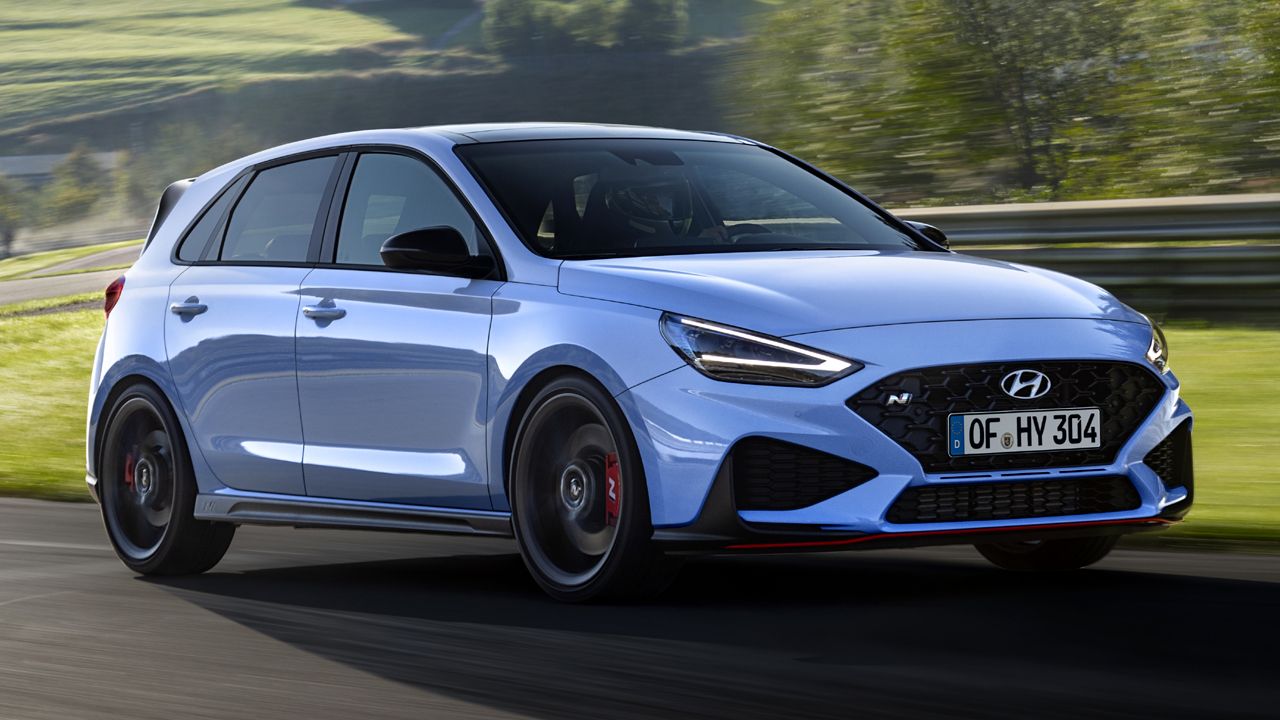
Like its predecessor, the 2021 i30 N will be available in both hatchback and fastback body types. In terms of design changes, the 2021 model comes with a completely new front fascia, courtesy of an updated bumper, a new and wider grille as well as new LED headlamps with V-shaped DRLs. Similar changes with the taillights (new LED light signature) and the rear bumper design have been carried out as well, although they are restricted only to the hatchback body style (the rear of the new i30 Fastback N remains unchanged). Other bits like the new 19-inch forged alloy wheels (part of a separate Performance Package) and bigger exhaust tips further add to the new i30 N's aggressive stance.

Performance-wise, the new i30 N continues to be powered by a 2.0-litre Turbo GDi petrol motor that can either be paired to a straight-forward six-speed manual or, for the first, with a wet-type eight-speed dual-clutch transmission (N DCT). In standard spec, the i30 N is available exclusively with the manual gearbox and it develops 247bhp and 353Nm of torque. The Performance Package-spec i30 N can be ordered with either of the two transmission options, and it offers slightly more power and torque (276bhp & 392Nm), apart from an uprated kit.
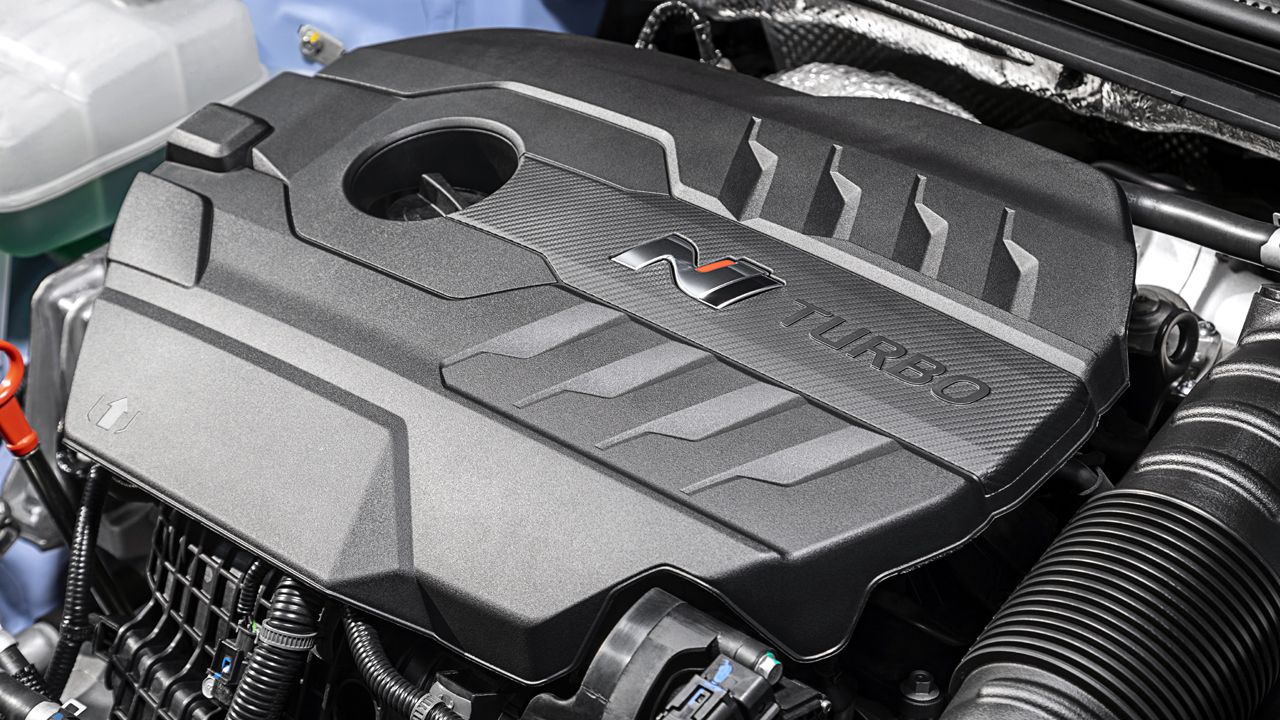
With the Performance Pack, the i30 N can dismiss the 100km/h mark (from standstill) in 5.9 seconds, although both versions (Standard & Performance Pack) top out at 250km/h.
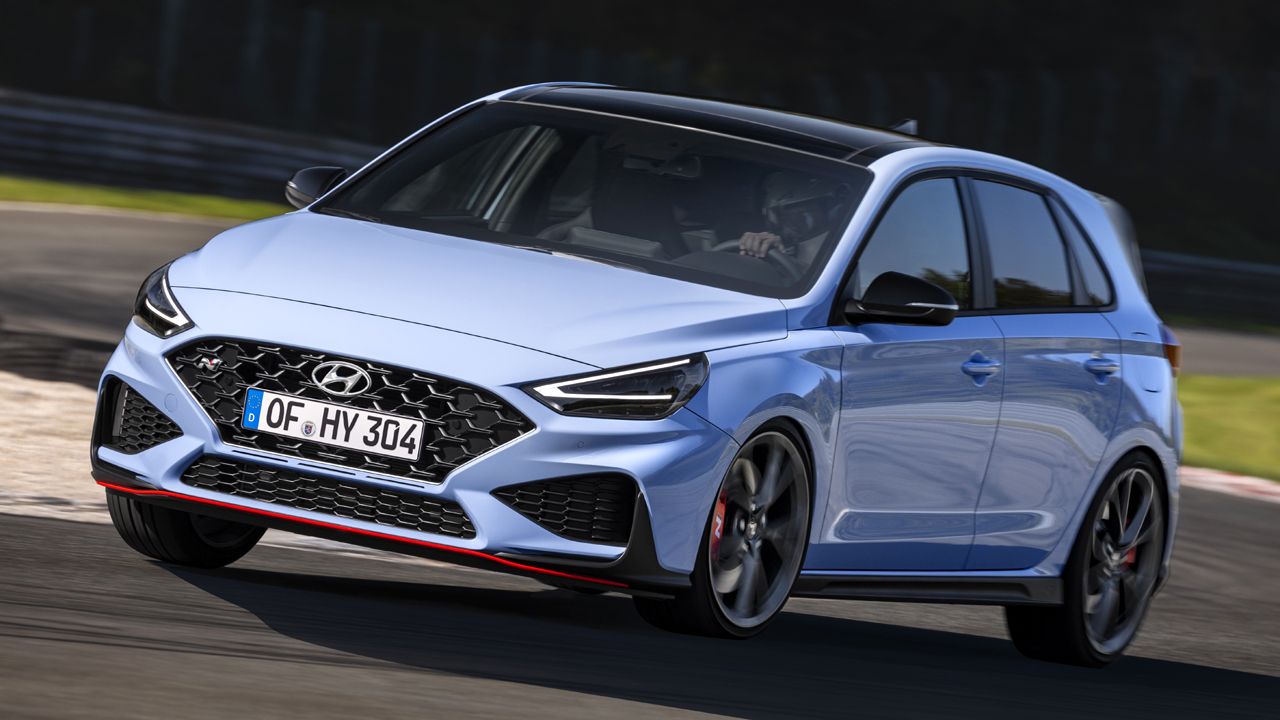
Without a doubt, the addition of the N DCT gearbox is the biggest highlight of the new i30 N. It also offers three new N performance functions: N Grin Shift (NGS), N Power Shift (NPS) and N Track Sense Shift (NTSS). While the first function helps increase torque by allowing turbocharger over-boost (giving the driver a 'push feel' while upshifting), the NPS is engaged when more than 90% of the throttle is used. This helps minimise any torque loss while upshifting. The NTSS, meanwhile, auto-detects the optimum road conditions for dynamic driving. As with the previous-gen i30 N, the N Grin Control System (NGCS) gives customers a choice between five distinct driving modes: Eco, Normal, Sport, N & N Custom.

Those opting for the Performance Package will also benefit from additional features like N Corner Carving Differential, an electronically-Controlled Limited Slip Differential (eLSD) and larger front brake discs (360mm), apart from the lightweight N Light Seats and 19-inch forged wheels.
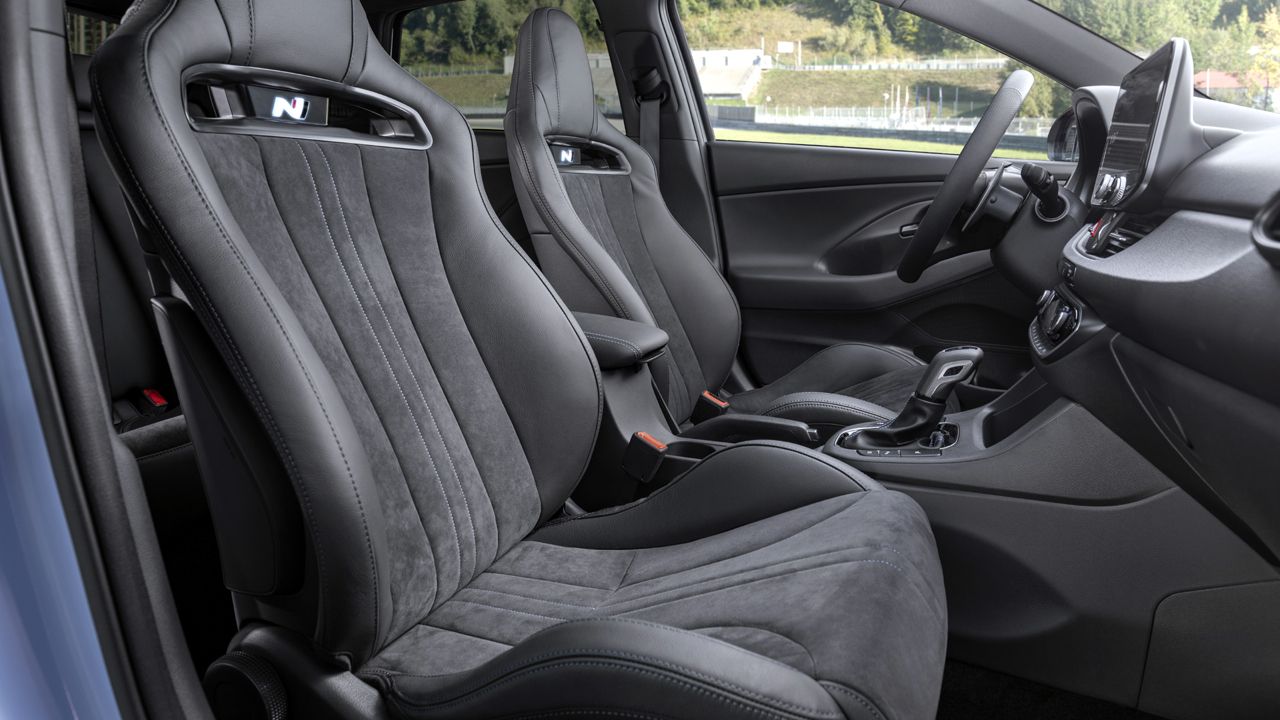
The new Hyundai i30 N will make its commercial debut in Europe sometime in early 2021.
Read more:


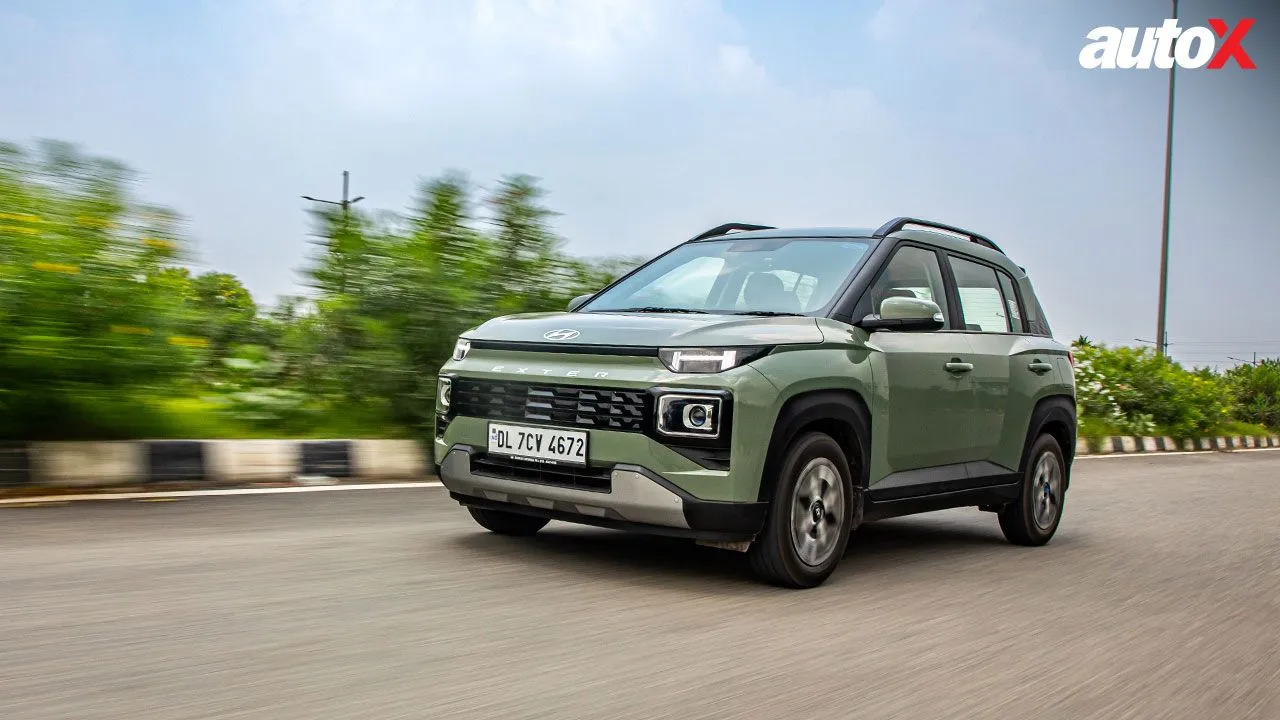
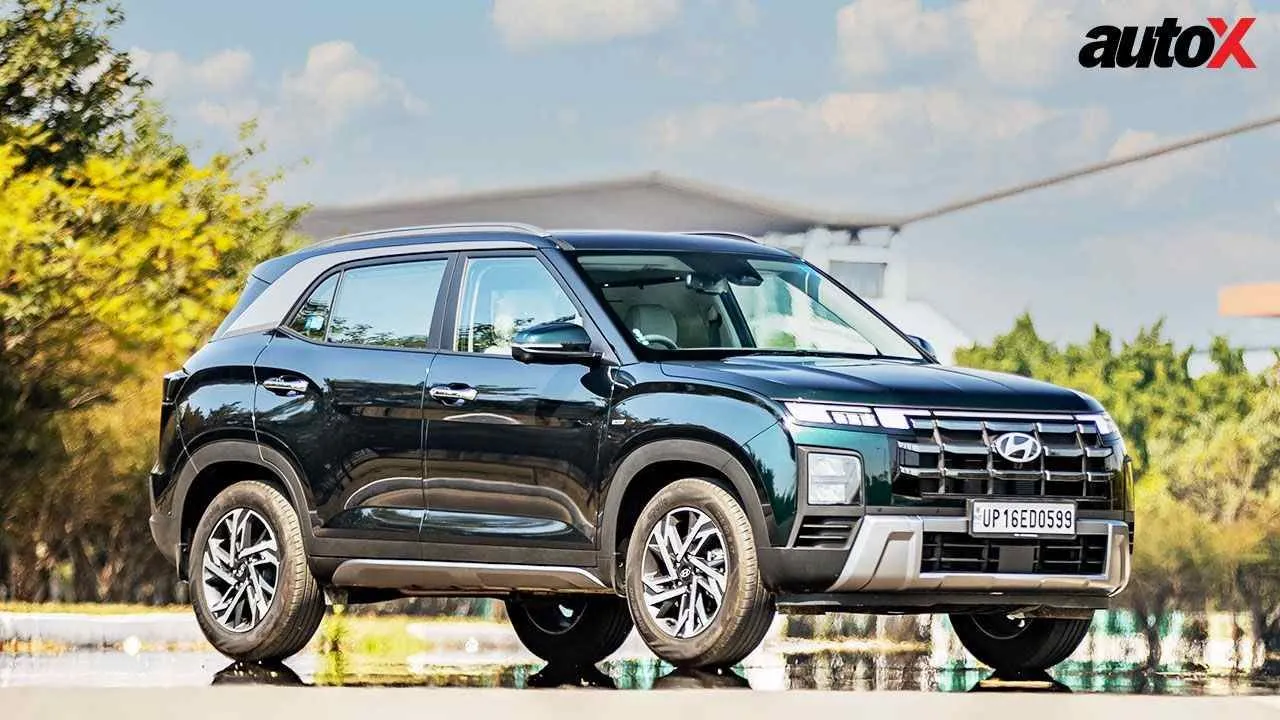
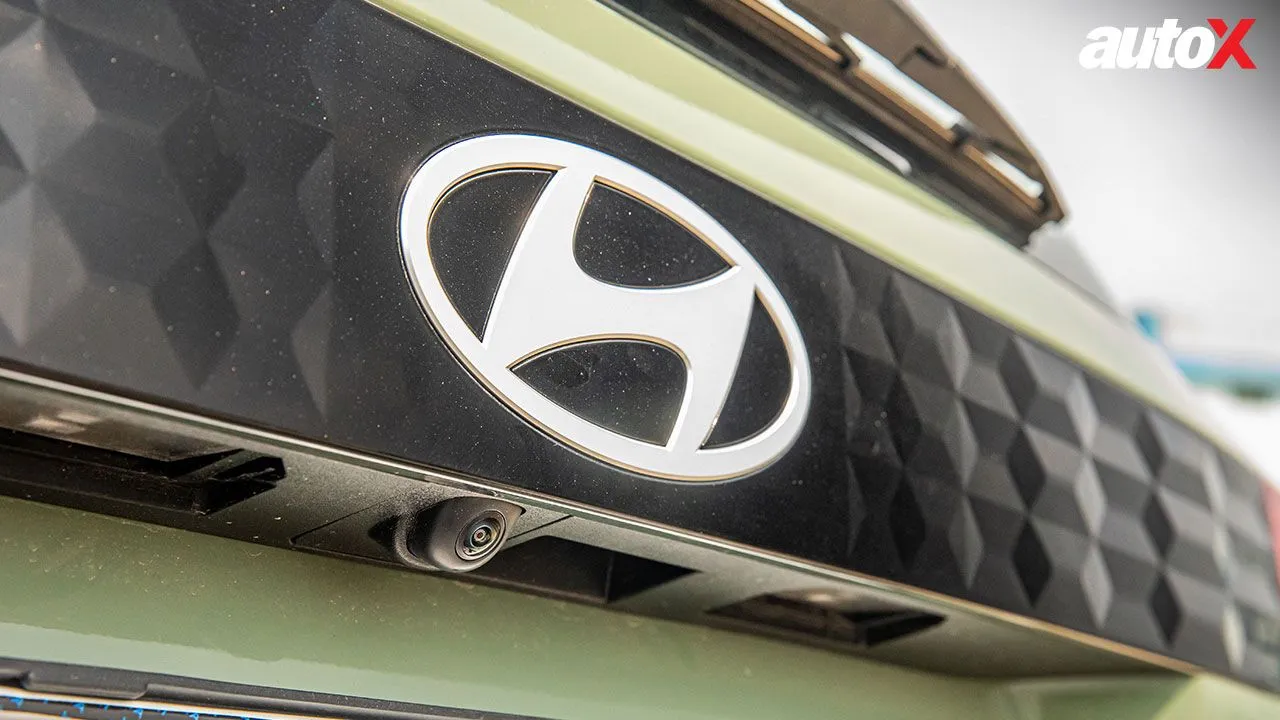
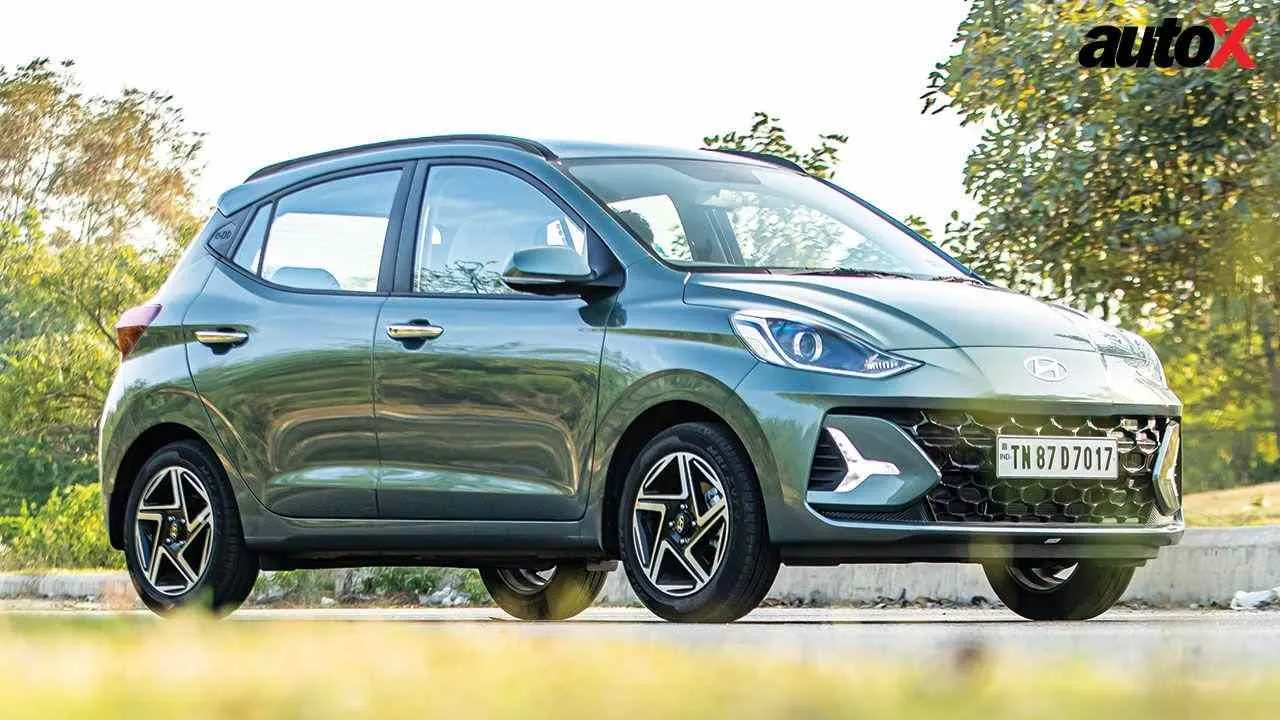

Write your Comment on